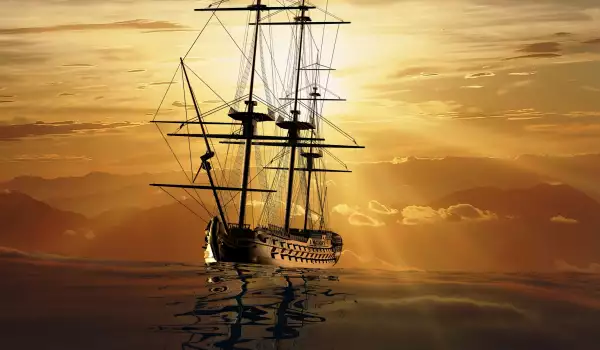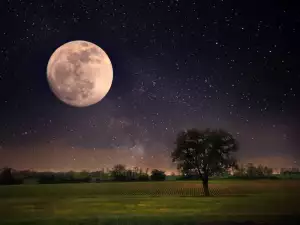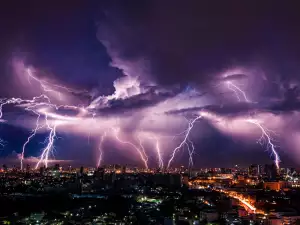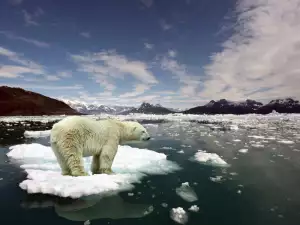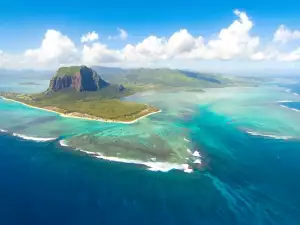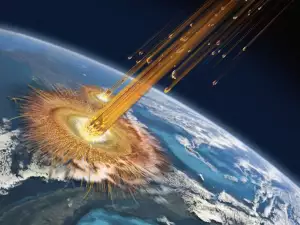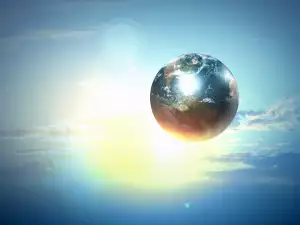The Pacific Ocean, along with adjacent seas takes up an area of 68.9 million sq mi (178.6 million sq km). This means that the Earth's largest ocean comprises nearly 50% of the World Ocean. And if you're still having difficulties imagining the immensity of the Pacific Ocean, just know that its total surface area surpasses that of all the dry land on our planet.
The Pacific Ocean truly is vast. North to south it measures 9817 mi (15 800 km) and west to east - 12 116 mi (19 500 km).
It is the oldest descendent of the ancient ocean Panthalassa. It began forming about 200 million years ago, with the creation of new crust and changes in its underwater relief continues until today.
The Spanish explorer Vasco Núñez de Balboa is considered to be the discoverer of the Pacific Ocean, having crossed the Isthmus of Panama in the 15th century and reaching a water body completely unknown to seafarers at the time. Balboa called it the "South Sea".
But the 1st real explorer of the Pacific Ocean was Ferdinand Magellan himself. During his circumnavigation of the Earth, Magellan crossed the Pacific Ocean from the island of Isla Grande de Tierra del Fuego to the Philippine Islands. Magellan's fleet enjoyed exceptionally smooth sailing, without any storms or large waves and the explorer decided to call it Pacific.
The greatest contributor to the exploration of the Pacific was English explorer James Cook, who led 3 expeditions during the 18th century. Many new islands were discovered during Capt. Cook's expeditions, including New Caledonia and the Hawaiian Islands. Cook even reached the Bering Strait, the continent of Australia and the islands of New Zealand.
